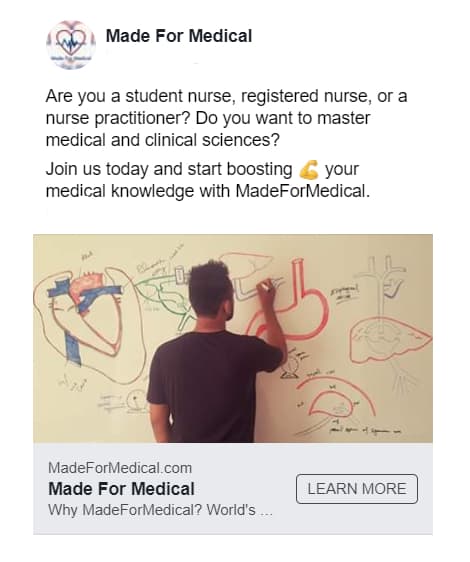Leopold Maneuvers – Clinical Nursing Skills
Nurses often encounter to care the pregnant patients as well, and that’s when Leopold maneuvers are being used by them. Leopold maneuvers are named after a gynecologist Christian Gerhard Leopold. Nurses usually perform it after the 24th week of pregnancy, because by the end of 24th week, a fetal outline can be palpated. A nurse can really check the position of the fetus with these maneuver techniques, so it is really very important.
Nursing Considerations
- Leopold Maneuvers cannot be performed with a full bladder at all, therefore instruct the patient to empty the bladder.
- Privacy of the patient should be another top priority, therefore drape properly.
- Explain the whole procedure to the patient.
- Palms should be used to palpate instead of fingers.
First Leopold Maneuver
Face the woman and place your hands on the abdomen and palpate the upper part of the abdomen of the patient. Fetal head is hard and round and has the ability to move independently and does not move with the trunk. While the buttocks are softer and they are not independent of the trunk, instead they move along with the trunk.

Second Leopold Maneuvers
Determination of the location of the fetal back is another important aspect. Second Leopold maneuver is done to determine the location of the back of fetus. It is done by palpating the side of the abdomen with some deep pressure and fetal back will be felt smooth and firm.

Third Leopold Maneuvers
Third maneuver is done to determine which part of the fetus lying at the inlet of the abdomen. Using hands, grasp the lower portion of the abdomen with the help of fingers of the right hand.

Fourth Leopold Maneuver
The person doing maneuver should face the feet of the patient while doing so. This maneuver is done to determine the degree of flexion of the head of the fetus.
Medical Disclaimer: The information provided on this website (www.madeformedical.com) is only for educational purpose and is Copyrights Protected. While we tried hard to write quality articles but still, the articles and the information within them is not guaranteed to be free of factual errors or typos and hence may not be correct. You are advised to independently verify the claims in the articles and make your own conclusion.



I found a lot of these ideas and suggestion very well thought out I also found this care plan suggestions…
I have learn a lot, thank so much to share such a good NCP.
Very good. I thanks my teacher
THis was of tremendous help to me.
THANK YOU SO MUCH. MY WORK MADE EASY AND WELL EXPLAINED.